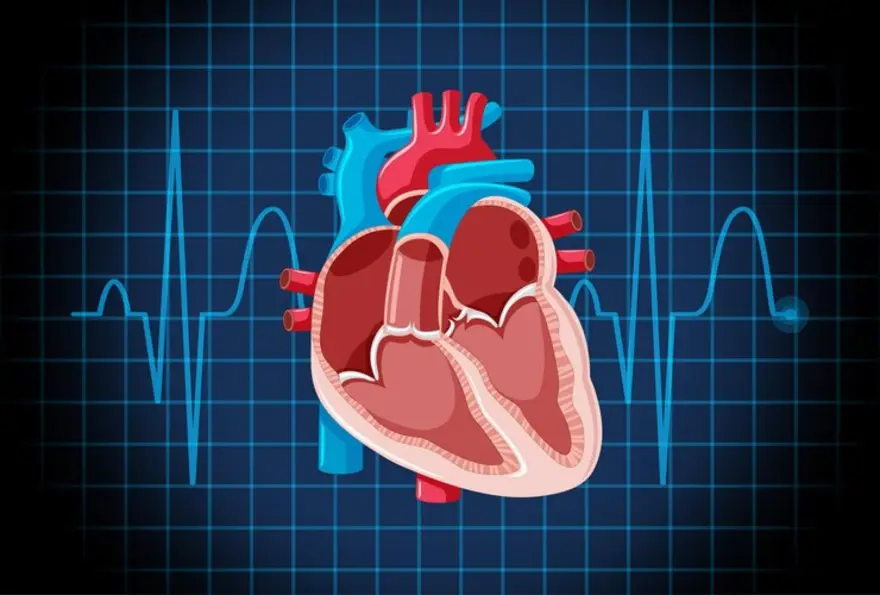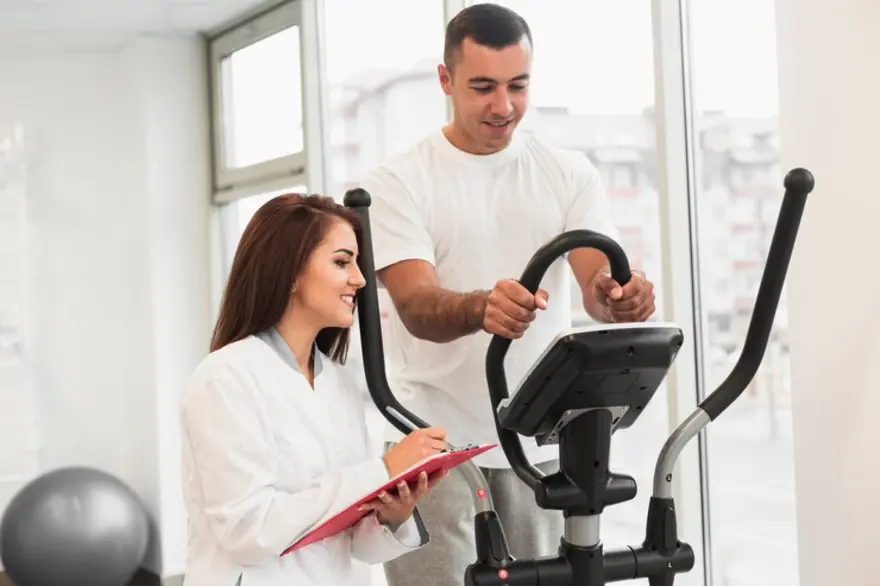Preventive Healthcare
Stroke: Everything You Need to Know
1219 Views
0

What is a Stroke?
A stroke occurs when the blood supply to a part of your brain is stopped and your brain does not get enough oxygen. Due to a lack of oxygen, the brain cells are unable to work properly and slowly begin to die.
A stroke is also called a brain attack. It can affect speech, movement, memory, emotions and important bodily functions. This is a medical emergency and needs immediate medical attention. Timely treatment can prevent permanent damage.
Learn more about stroke, its types and symptoms, why it occurs and how you can prevent it.
What are the Types of Stroke?
There are three types of stroke:
- Ischemic Stroke: Ischemic stroke is the most common type of stroke. It occurs due to a blockage in an artery in the brain that affects blood flow. The blockage in the artery may be due to a blood clot, build-up of fatty deposits or due to high cholesterol.
- Transient Ischemic Attack (TIA): It is also called a mini-stroke and occurs due to a temporary decrease in blood supply to the brain. This too occurs due to a blood clot but lasts only for a few minutes.
- Hemorrhagic Stroke: Hemorrhagic stroke occurs when the artery in your brain bursts and spills blood into the surrounding tissue. Uncontrolled blood pressure, excess treatment with blood thinners, accidents, protein build-up in the arteries and ischemic stroke increases the risk of a hemorrhagic stroke.
What are the Symptoms of Stroke?
The symptoms of a stroke depend upon the area in the brain that has been affected.
Symptoms of a stroke include:
- Paralysis
- Weakness or numbness in the arm, leg and face on one side of the body
- Difficulty in speaking or loss of speech
- Slurred speech
- Loss of muscle control on one side of the face
- Partial or total loss of hearing, smell and taste
- Blurred vision or double vision
- Loss of balance
- Change in behaviour
- Confusion and disorientation
- Dizziness
- Sudden headache
- Nausea or vomiting
What are the Causes of Stroke?
The causes of a stroke depend on the type of stroke.
Ischemic stroke occurs due to blood clots caused by the following conditions:
- Atherosclerosis or the build-up of fats and cholesterol in and on the walls of the arteries.
- Heart defects
- Atrial fibrillation or irregular heart rhythm
- Cerebral small vessel disease or narrowing of small blood vessels
- Blood clotting disorders where blood clots very easily
Hemorrhagic stroke occurs due to the following conditions:
- Chronic high blood pressure
- Brain tumours
- Brain aneurysm or a bulge in the weak area of a blood vessel in the brain
The following conditions increase your risk of a stroke:
- Alcohol and tobacco usage
- Excess body weight
- Type 2 diabetes
How is a Stroke Diagnosed?
Doctors use the following tests to diagnose a stroke:
- Blood tests can check your blood sugar levels, cholesterol levels, platelet counts, kidney and liver functions, infection or damage to the heart and how fast the blood clots.
- MRI (Magnetic resonance imaging) scans
- ECG (electrocardiogram) is used to detect if a stroke has occurred due to a heart issue and to rule out seizures
Doctors also conduct a physical examination to check for the following:
- weakness or numbness in the face, arms and legs
- signs of confusion
- vision problems
- balance
- Coordination
What are the Treatment Options for Stroke?
Timely diagnosis and medical treatment are crucial for recovering from a stroke. Treatment for a stroke depends upon the type of stroke.
Treatment for Ischemic Stroke includes:
- Thrombolytic drugs or drugs that dissolve blood clots
- Thrombectomy: It is a procedure where a catheter is inserted into a major artery to remove the blood clot
- Blood pressure management with medications to lower blood pressure.
Treatment for Hemorrhagic Stroke includes:
- Blood pressure management to lower blood pressure to a healthy level
- Medication or surgery to reduce the pressure on the brain
- Medications to help ease blood clotting to control bleeding
How Can You Prevent Stroke?
You can reduce your risk of a stroke by making health and lifestyle changes, such as:
- Maintain a healthy, balanced diet that contains all the essential nutrients such as vitamins, proteins, minerals, fibre, carbohydrates and healthy fats. Avoid fried, baked and ready-to-eat foods that are high in salt, sugar, saturated and trans fats.
- Make physical exercise a part of your daily schedule. 30-minute exercise, 5 days a week will help maintain a healthy weight.
- Stop smoking and limit your alcohol intake.
- Manage your health conditions such as diabetes, blood pressure, cholesterol and abnormal heart rhythm (arrhythmia). Take medications such as blood thinners prescribed by your doctor, as they prevent blood clots.
- Take medication to lower your cholesterol as it forms plaque in the arteries.
Conclusion
A stroke is a critical condition that needs immediate medical attention. If left untreated, it can lead to life-long disabilities. If you or your loved ones feel numbness in one arm, have difficulty speaking, feel that the face is drooping on one side or is numb or if you have any other stroke symptoms, please go to the nearest hospital immediately for treatment and avoid complications later. Your doctor will provide you with a tailored treatment depending on the type of stroke.
Visit your doctor regularly for health checks and blood tests. This will help detect any health problems before they increase in severity. Regular blood tests for diabetes and cholesterol will help you keep your numbers in check. For blood tests, always opt for a certified laboratory like Metropolis Labs. Refer to the directory of services for test details which are available at Metropolis Labs.
 Home Visit
Home Visit Upload
Upload














1701259759.webp)









 WhatsApp
WhatsApp